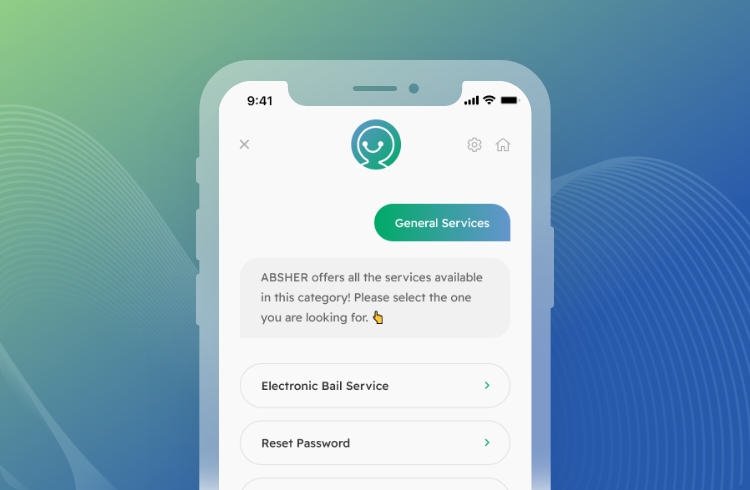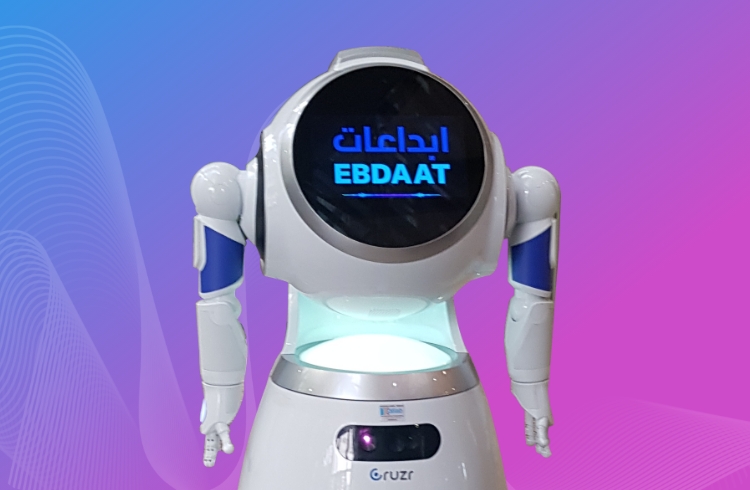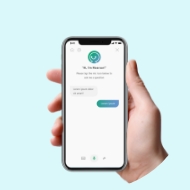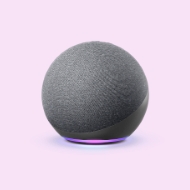Let's face it, talking is the most natural way we communicate. Adding voice interactions to our experiences with brands doesn't just make things faster and more intuitive—it makes them delightful. Voice is set to be the ultimate user interface of the future, combining speed, flexibility, and accessibility.
AI Voice Capabilities
With the power of artificial intelligence, we supercharge our bots with advanced voice capabilities, such as:
-

Conversational Voice
Engage in fluid, natural dialogues
-

Voice Commands
Control apps and devices with your voice
-

Speaker Recognition
Identify users by their unique vocal signatures
-

Speaker Verification
Securely verify identities through voice
-

Sentiment Analysis
Detect emotions to enhance interactions
"Voice is the interface of the
future, where the only thing you
need to touch is the hearts of
your customers."
Cutting-Edge Voice Experiences
At Labiba.ai, we're pioneering voice technology with these innovative experiences and applications:

Voice Virtual Assistants
Your helpful companion for tasks and information

Robots
Bringing AI to life with voice-enabled robots

Voice Command Apps
Hands-free control for a seamless user experience

Blind User Experience
Making technology accessible for visually impaired users

Conversational IVR
Revolutionizing customer service with intelligent voice response systems
Supported Voice UI Channels
Our voice capabilities are versatile, supporting a wide range of channels to ensure seamless interaction wherever you are:
-

Conversational Apps
Engaging and interactive applications
-

Alexa
Harness the power of Amazon’s voice service
-

Conversational IVR
Enhancing call center operations
-

Smart Watch
Voice control on the go
-

WhatsApp
Integrate voice interactions within your favorite messaging app


